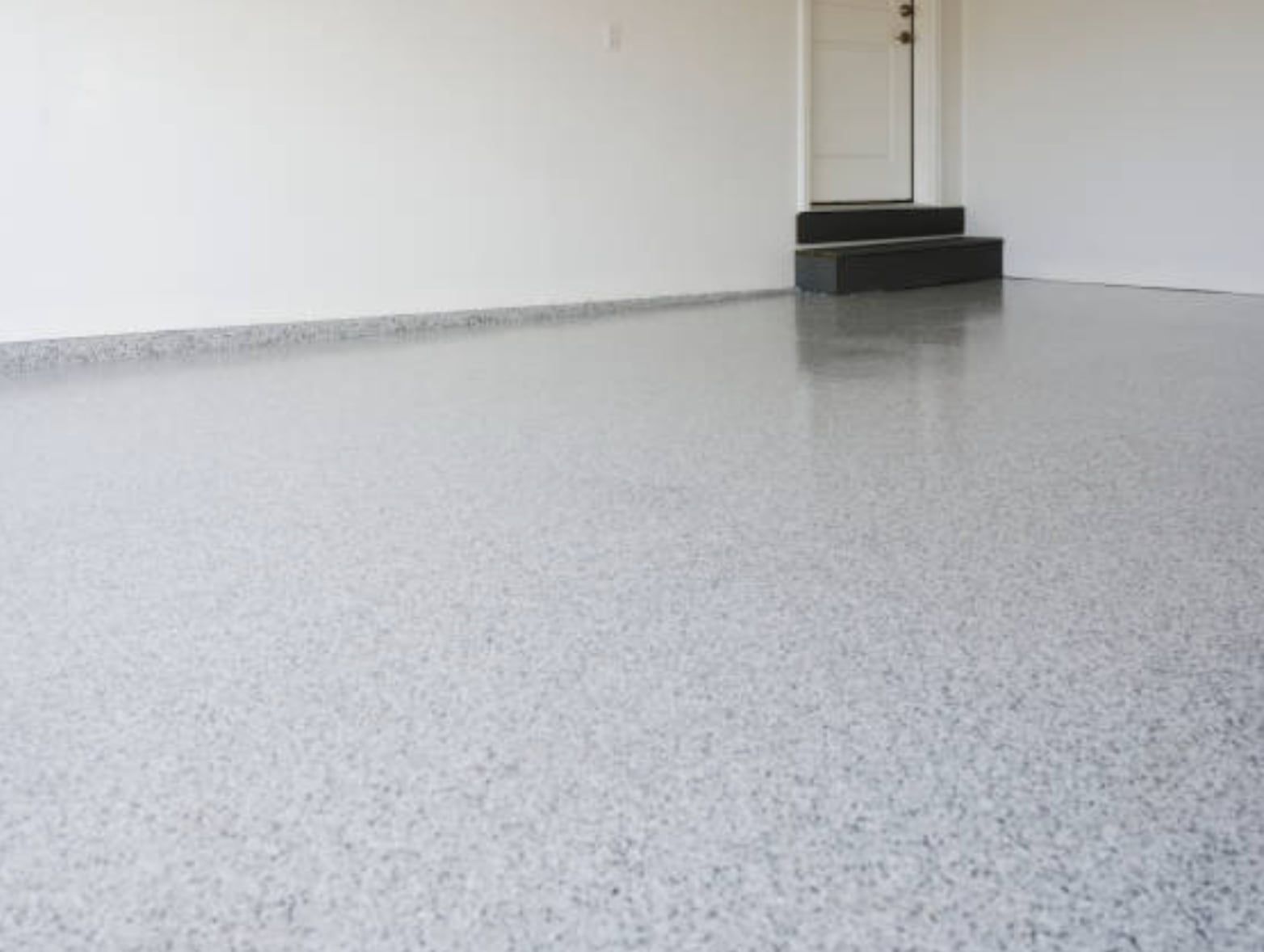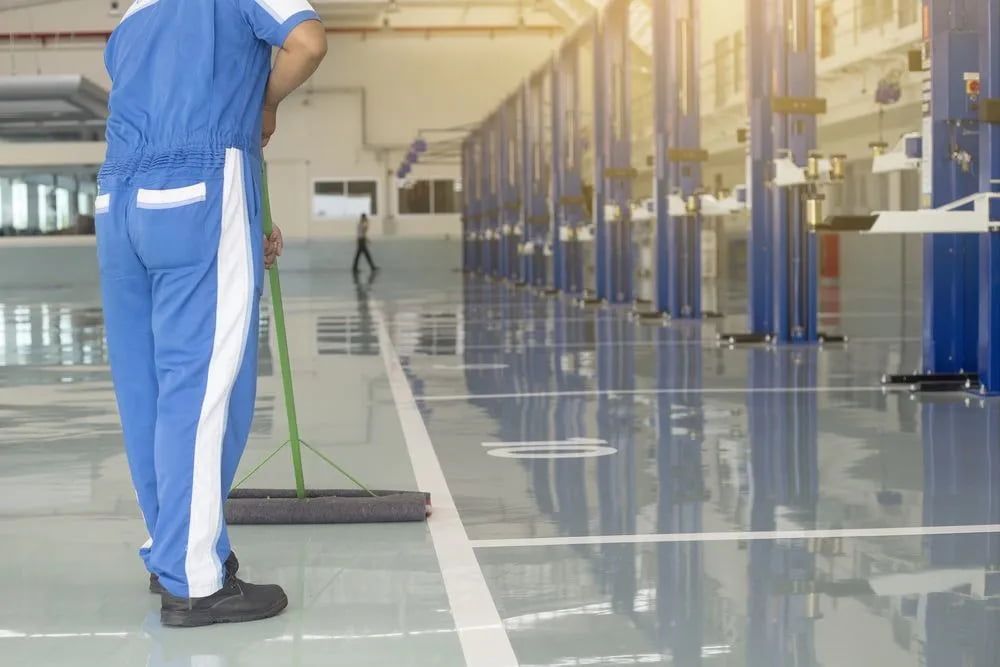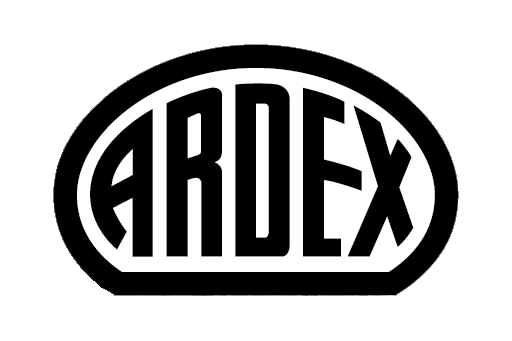Get In Touch TodaY 0423 964 496
Things You Should Know About Waterproofing Under Tile

In the world of home improvements and renovations, some aspects may not appear exciting or noticeable yet hold immense importance. Among these details, waterproofing under tile is one that often gets overlooked, yet it holds the key to maintaining the longevity and integrity of your tiles. This blog will discuss the intricacies of this fundamental aspect of tiling, equipping you with the knowledge you need to protect your home against water damage.
Why Waterproofing Under Tile Matters
Waterproofing under tiles is a silent protector, performing several key functions:
- Stopping water penetration: A properly applied waterproof layer prevents water from permeating the tile and infiltrating the underlying structures. This barrier is essential in wet areas like bathrooms and kitchens, where water exposure is a daily occurrence.
- Preventing mould and mildew: Persistent moisture promotes the growth of mould and mildew - harmful fungi that can impact health and degrade structures. Waterproofing helps maintain a dry, mould-free environment beneath your tiles.
- Preserving tile and grout integrity: Over time, continuous moisture exposure can compromise the bonding agents used for tiles and grout, leading to loosening, cracks and eventual displacement of tiles.

The Nitty-Gritty of the Waterproofing Process
Understanding the process of waterproofing under tiles can provide homeowners a deeper appreciation of its importance and complexity.
Preparing the Surface
Applying the Waterproofing Membrane
Next comes the crucial task of applying the waterproofing membrane. This material is typically rolled or brushed on, creating a seamless barrier that locks out any moisture. Once applied, it needs adequate time to dry and cure before tiles are laid on top.
Installing the Tiles
With the waterproofing membrane set and dried, the tiles can be installed. It's important to use the right adhesive for the job to ensure a secure bond between the tiles and the waterproofing membrane.
Choosing the Appropriate Waterproofing Material
Selecting the right waterproofing product is fundamental and the choice is often dictated by the specific requirements of the area to be tiled. Here are the types of materials you need to choose from:
- Liquid Membranes: These materials provide ease of application and create a seamless, flexible waterproofing solution. However, achieving adequate thickness often necessitates multiple coats.
- Sheet Membranes: Offering a high level of protection, these sheets are cut and adhered to the surface. The installation process requires careful handling and precision.
- Cementitious Waterproofing: An appropriate option for spaces not continuously exposed to water. Though easy to mix and apply, this material may not provide the same level of flexibility as liquid or sheet membranes.
Every material has its advantages and disadvantages and therefore, the choice should be based on careful consideration of the project's unique needs.
Considering a Renovation Project?
Don't overlook the importance of professional waterproofing. Reach out to Fraser Coast Waterproofing .Our knowledgeable team is ready to deliver quality service and peace of mind. Contact us today and ensure your project's success without compromising on water damage protection.
Explore
What We Do
Locations We Service
Showroom Hours
- Monday
- -
- Tuesday
- -
- Wednesday
- -
- Thursday
- -
- Friday
- -
- Saturday
- Closed
- Sunday
- Closed
Trading Hours
- Monday
- -
- Tuesday
- -
- Wednesday
- -
- Thursday
- -
- Friday
- -
- Saturday
- Closed
- Sunday
- Closed
Licenses
- ABN 51 826 273 877
- QBCC 15075446















